


RITA ® Award-Winning Author of Fantasy Romance



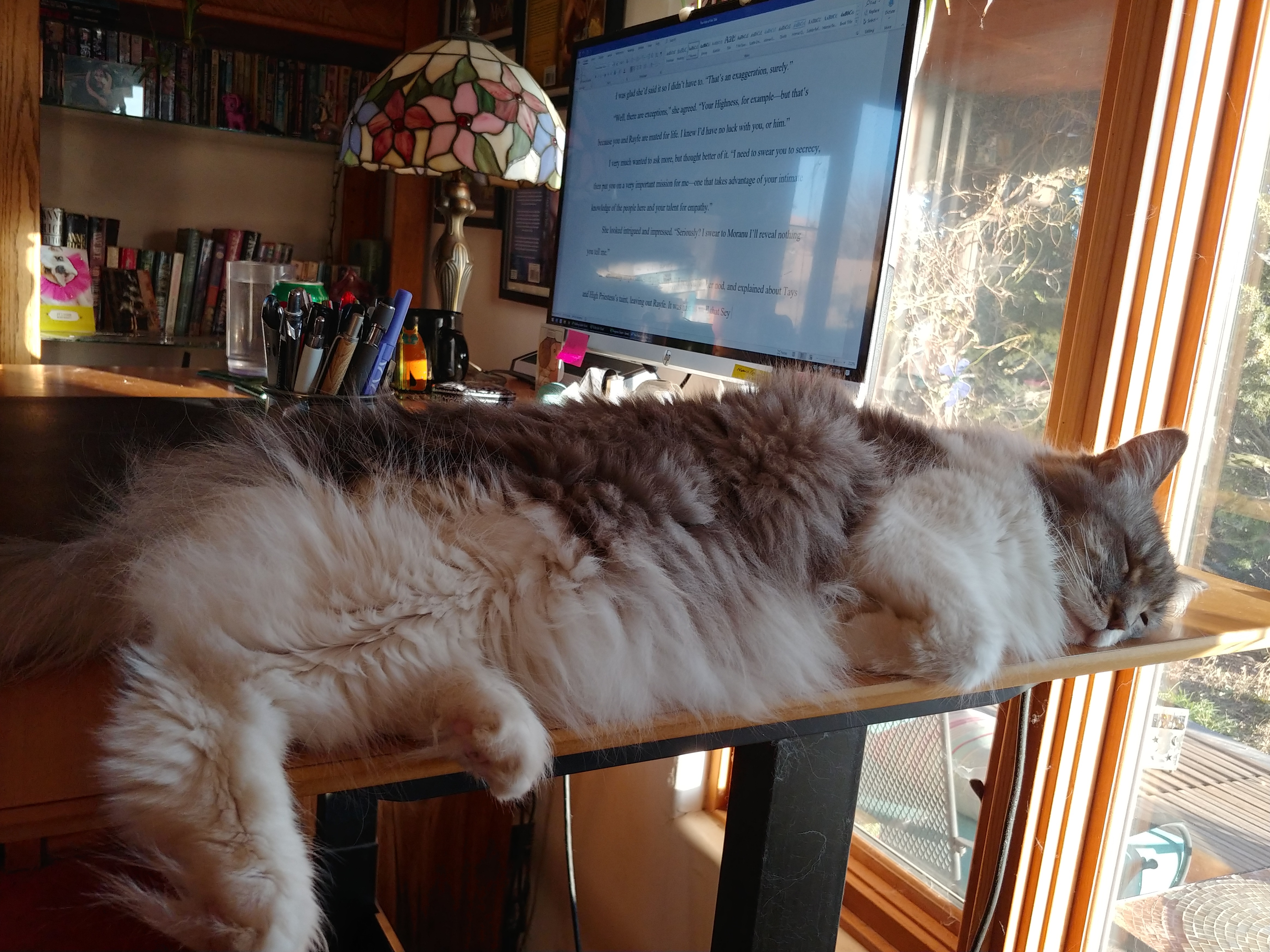

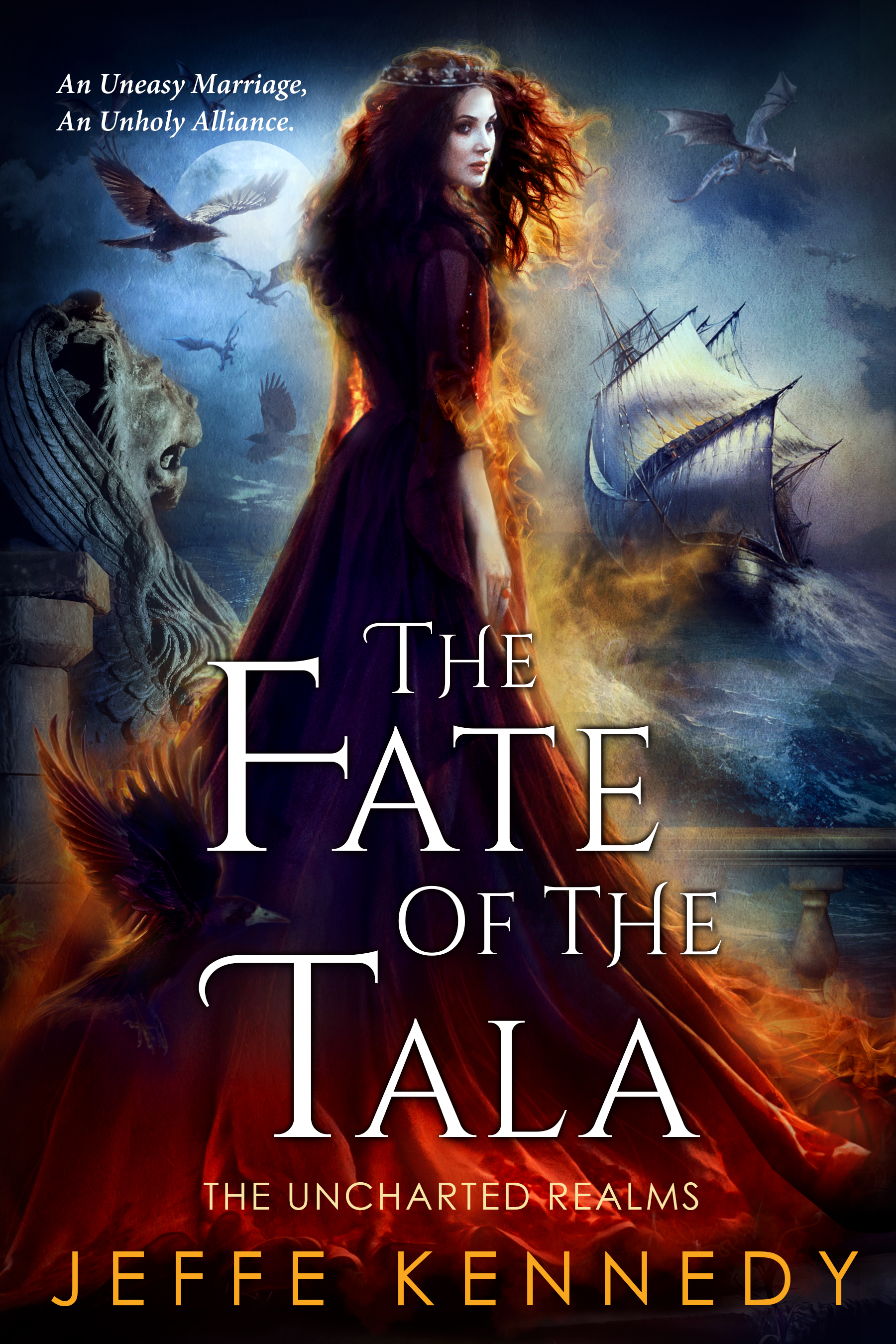
On yesterday’s podcast, First Cup of Coffee – November 2, 2019, I talked about building up daily wordcount gradually. So I’ve resurrected a previous post that gives a suggested strategy for hitting that 50K in November NaNoWriMo goal. Come on over to the SFF Seven to read about it!



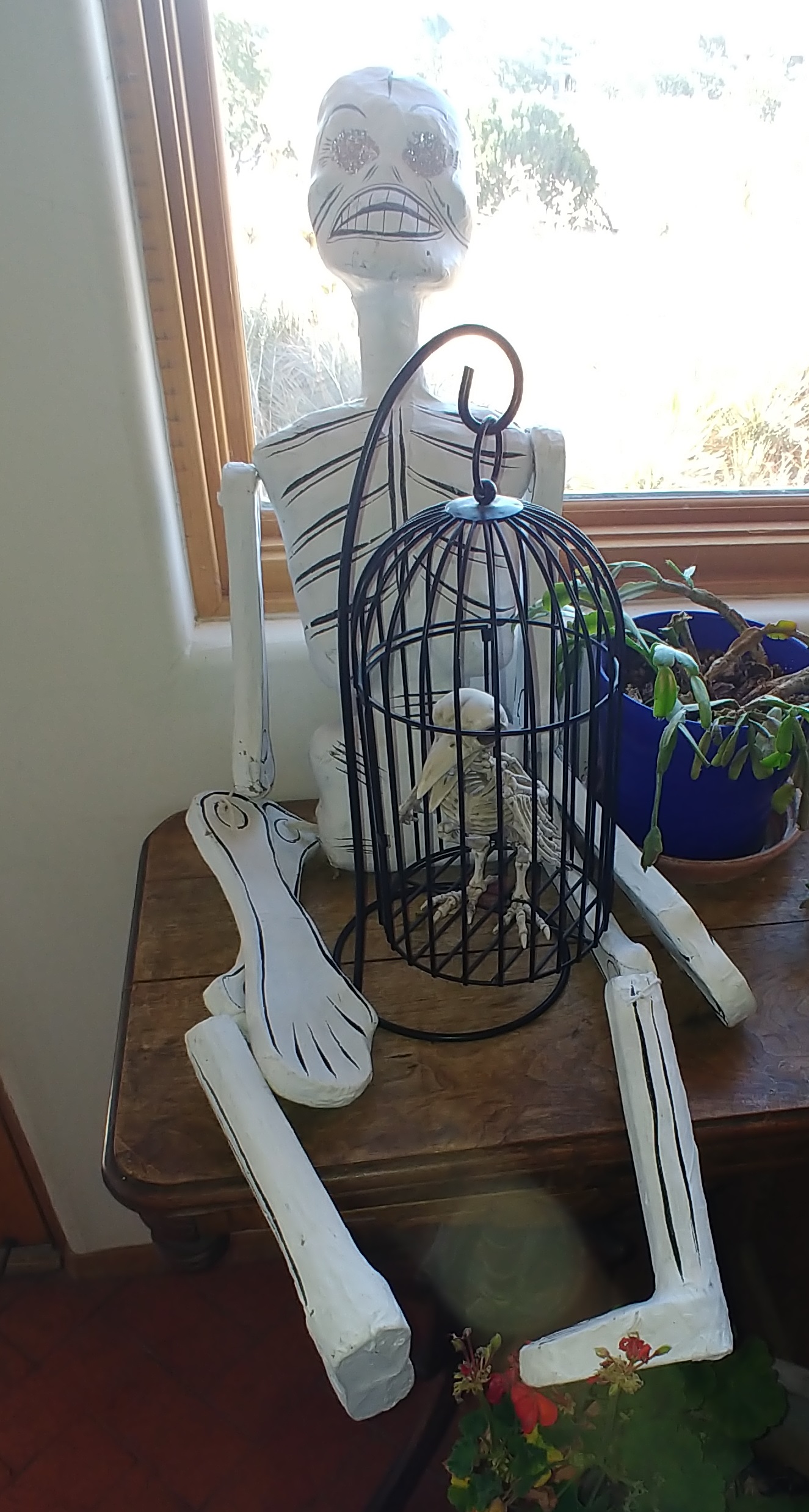




I put up my Halloween decorations yesterday – and brought in the hummingbird feeders at the same time. That felt like a symmetrical seasonal changeover, all happening in the due course of the seasons.
So, on Monday, in a fit of frustrated eye-rolling, I fired off this tweet:
Why are there so many classes offering to teach pantsers how to plot and story plan? They make me want to offer a class like “Pantsing for Plotters: Giving Up Control and Learning to Trust Your Creative Self.”
— Jeffe Kennedy (@jeffekennedy) October 21, 2019
To my vast surprise, this tweet has received SO MANY likes and responses. Clearly I wasn’t the only one feeling this frustration. Quite a few people wrote back about feeling the pressure to learn to pre-plot. I’ve felt it, too. There’s a strong opinion in the writing community – and maybe in the world at large – that outlining and pre-plotting is the best way to write. That it’s faster, more organized, requires less revision later.
The thing is: it’s just not true.
I mean, sure for some people, that process works. It’s certainly the one we’re taught in school (for the most part). But I was the student who hated trying to write an outline before I wrote the paper. I tried, but it was agonizing. Finally I figured out to just write the paper, then make an outline from it, and turn that in. If the teacher or professor had comments or tweaks (which almost never happened), I could add them in. Though those were the days before word processing, so I’d have to retype the paper. STILL, doing it that way was faster for me, and produced better work.
This is key: we must find what works for each of us individually and honor that process. Those people who insist that we not only CAN learn a “better” way, but *should* – and I can vouch that a few people popped into my timeline to say things like “No offense, but you have to learn this if you want to sell books” – are not being helpful. (Also, I really think that if you feel compelled to start a reply with “No offense, but…” or “Honestly…” then maybe you’re not engaging in a positive way.)
But “Pantsing” – derived from the phrase “fly by the seat of your pants,” and not my favorite descriptor by a long shot – is a way to access creative flow. I prefer to call it Writing for Discovery or Gardening. (I talked about this more on yesterday’s podcast, but for those who don’t listen, I’m reiterating a bit here.) For me, getting into the trance of writing opens up portals to other places, and the story flows in from there. “Gardening” is an analogy with a similar feel, where the beginning of the story is all planting seeds, the middle is nourishing the garden, and the ending is when it blossoms – and you discover what you’ve got.
Writing this way is absolutely an act of faith. It requires giving up conscious control of the story, which feels most uncomfortable to many people. It’s really the opposite of the academically taught methods, which focus on a cerebral approach. Sure, I get that many of my author friends access creative and subconscious flow in pre-plotting a story and writing the outline. Sadly, those conscious brain activities open no portals for me.
Several responders made the point that perhaps more pre-plotting and story-planning classes are taught because those methods *are* eminently more teachable. Which is a super valid point. In some ways, teaching someone to give up control and leap into the creative flow is nearly impossible. It’s so individual.
BUT, I think we can teach that this is an absolutely viable – and magical – way to access stories. We can make it clear that many, many authors who sell books (myself included) write this way. And we can talk about ways to open those portals, and how to keep them open. Also: not to panic.
So, I think I’m going to try this. I’m seeing about setting up a class. I’m also considering podcasting daily during NaNoWriMo with tips on pantsing your way through the month-long challenge. (There is, apparently, a podcast version called NaPodPoMo.) I’m also considering getting the author coaching set up and providing personalized support for writers during NaNoWriMo. If any of these ideas sound good to you, please let me know!
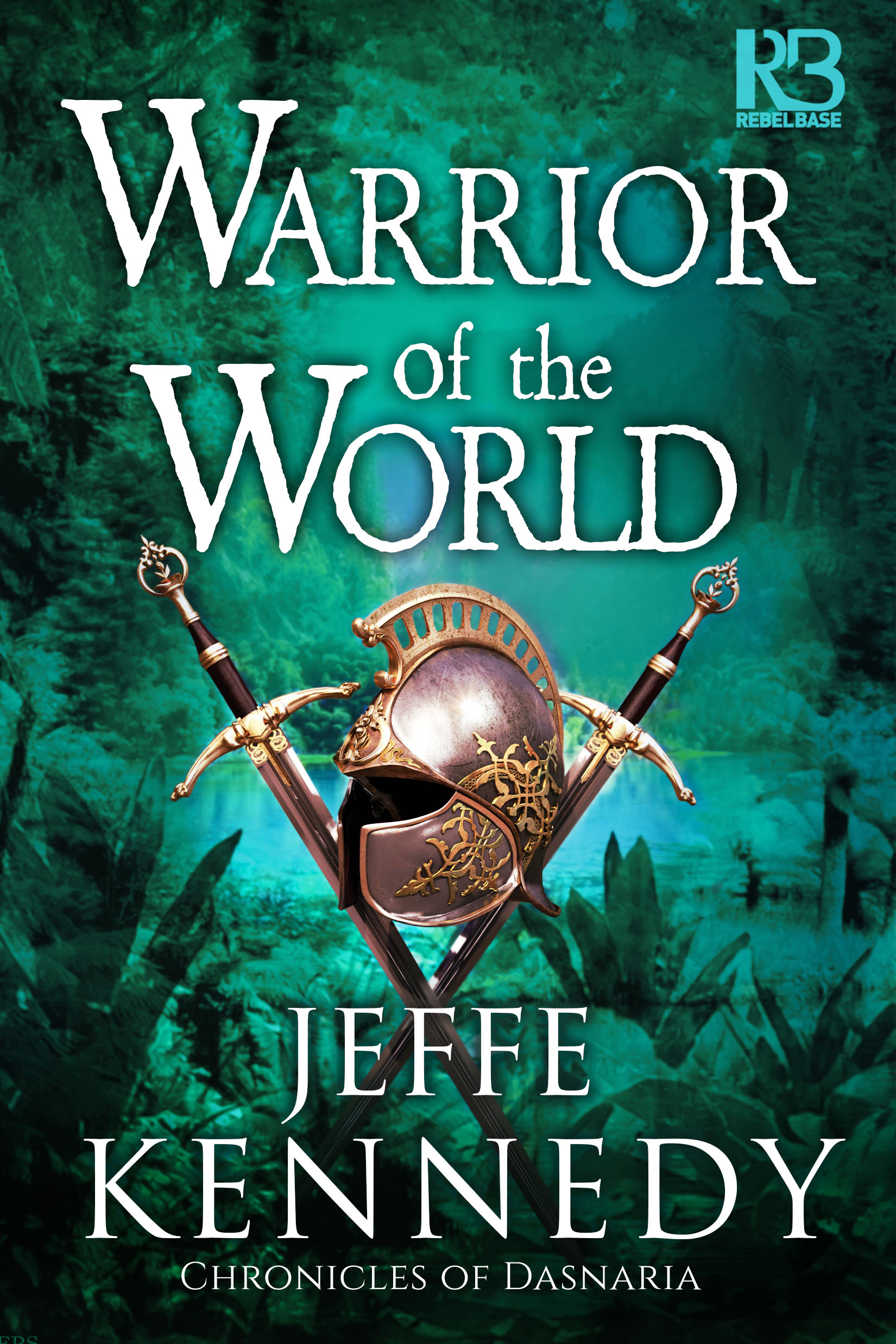
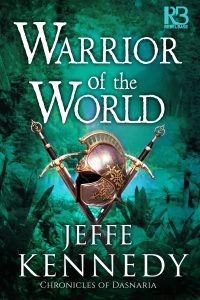
WARRIOR OF THE WORLD, which comes out January 8 2019, is being featured in a Goodreads giveaway until November 27! Great opportunity to win one of a hundred free copies! Kensington has also started a reader Facebook group called Between the Chapters. Lots of great giveaways on there – along with author chats. I’ll be doing one in January, so join up and enjoy the party!
Our topic at the SFF Seven this week is one I suggested, on the idea that “Even When You’re Not Writing, You’re Writing.” Come on over to find out what I mean – and get some NaNoWriMo tips!



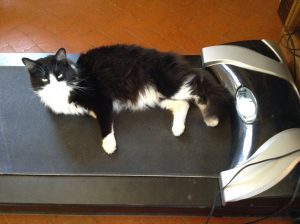
I had a bit of a SNAFU with the podcast this morning, but since I talked about #NaNoWriMo – and this post from 2014 – I thought I’d reprise it here. I’ll podcast tomorrow with the same thoughts!
***
This seemed like an appropriate photo for the topic of the new week – Managing Your Time: If You’ve a Deadline, You’ve a Schedule. How Do You Get Back On Track When Your Schedule Goes To Crap?
I’m in this place right now, getting back on track on a number of levels. My schedule didn’t really go to crap. But I did take a huge step back in September and now, it’s turned out, a good portion of October. It’s been deliberate in some ways and very likely much needed. Also weird.
See, in August I wrote 68,050. The most I’ve ever done in one month. It was a lot for me. More, that followed a straight run since the previous August when I wrote at least 41,000 words every month. In 2013 I wrote just over 497,000 words and so far for 2014, I’ve written 455,000. To do the math for you, that means I’ll likely have somewhere around 550,000 by December 31.
Once I get back on track, that is.
Because, in September, I only wrote 22,402. So far, for October I have 16,831. These are my two lowest word count months since May of 2013. I haven’t been doing nothing, precisely. I edited the novel that comes out in January, Under His Touch – developmental edits up through proofreading – and developmental edits on The Talon of the Hawk, which took a lot of focus, though a minimal additional word count. I worked up a proposal for three more Twelve Kingdoms books and started the first in the concept for another contemporary romance series. There’s been a lot of promo with the release of Rogue’s Paradise in September and preparing for The Tears of the Rosein November.
But I haven’t been doing much drafting. Which takes a whole other muscle.
Speaking of muscles, I was also sick in September. Some kind of low-level respiratory crud that nevertheless laid me low for several weeks. I got behind in exercising, too. Though managed to use the treadmill desk some every day, if only to keep my lymph flowing, I couldn’t run or lift weights. The treadmill served as a cat bed more than it moved. All of this was by way of necessary recovery. I truly believe that. I don’t have another book deadline until March 1. I haven’t gotten sick in a long time. It worked out okay for this to be my down time.
However, it’s now time to ramp up again and the question, the focus of our topic this week, is how do I do that?
I take my own advice. The sort I had the opportunity to hand out a couple of weeks ago when Chris Baty, the founder of NaNoWriMo, visited our local chapter meeting, something I mentioned in last week’s post, too. One gal asked if Chris had advice on how to get going on writing those 1,667 words/day to make the 50K words/month that’s the NaNoWriMo goal. He said he didn’t so I offered mine. I told her that the temptation is to do the math exactly that way – to divide 50K by the 30 days of November and focus on achieving 1,667 words for each of those days. The problem with that approach is that writing that many words on the first day is akin to learning to run a marathon by going out and running ten miles right off the bat.
Yeah, you can probably do it, but you’ll feel the pain later.
In fact, you might be able to do it for a couple/three/four days – and then the crash occurs. Like my recovery time recently, it’s a natural sequel to going flat out.
Better, I told her, to treat it like that marathon training. Build up a little more every day. Stop before you’re tired, because that energy will translate to the next day. Consider setting up a schedule for NaNoWriMo like this:
| 1 | 100 |
| 2 | 200 |
| 3 | 300 |
| 4 | 400 |
| 5 | 500 |
| 6 | 750 |
| 7 | 1000 |
| 8 | 1250 |
| 9 | 1500 |
| 10 | 1750 |
| 11 | 2000 |
| 12 | 2000 |
| 13 | 2000 |
| 14 | 2000 |
| 15 | 2000 |
| 16 | 2100 |
| 17 | 2100 |
| 18 | 2100 |
| 19 | 2100 |
| 20 | 2100 |
| 21 | 2100 |
| 22 | 2200 |
| 23 | 2200 |
| 24 | 2200 |
| 25 | 2200 |
| 26 | 2200 |
| 27 | 2200 |
| 28 | 2200 |
| 29 | 2200 |
| 30 | 2200 |
By the end of November 30, you’d have 50,150 words. Best of all, by the time you’ve got yourself doing 2,200 words a day, it will feel very easy and natural. Because you’d be in shape for it.
This is what I need to do, to get myself back in shape. I’ve gotten back into running and weight-lifting, working my way back up to my previous levels. I’m tracking my treadmill desk miles, making sure I do a little more each week. I need to get back into drafting, but not to 2,200 words/day. Not right off, tempting as that is. I’m going to ramp up like this. Get the words flowing.
Back on track.
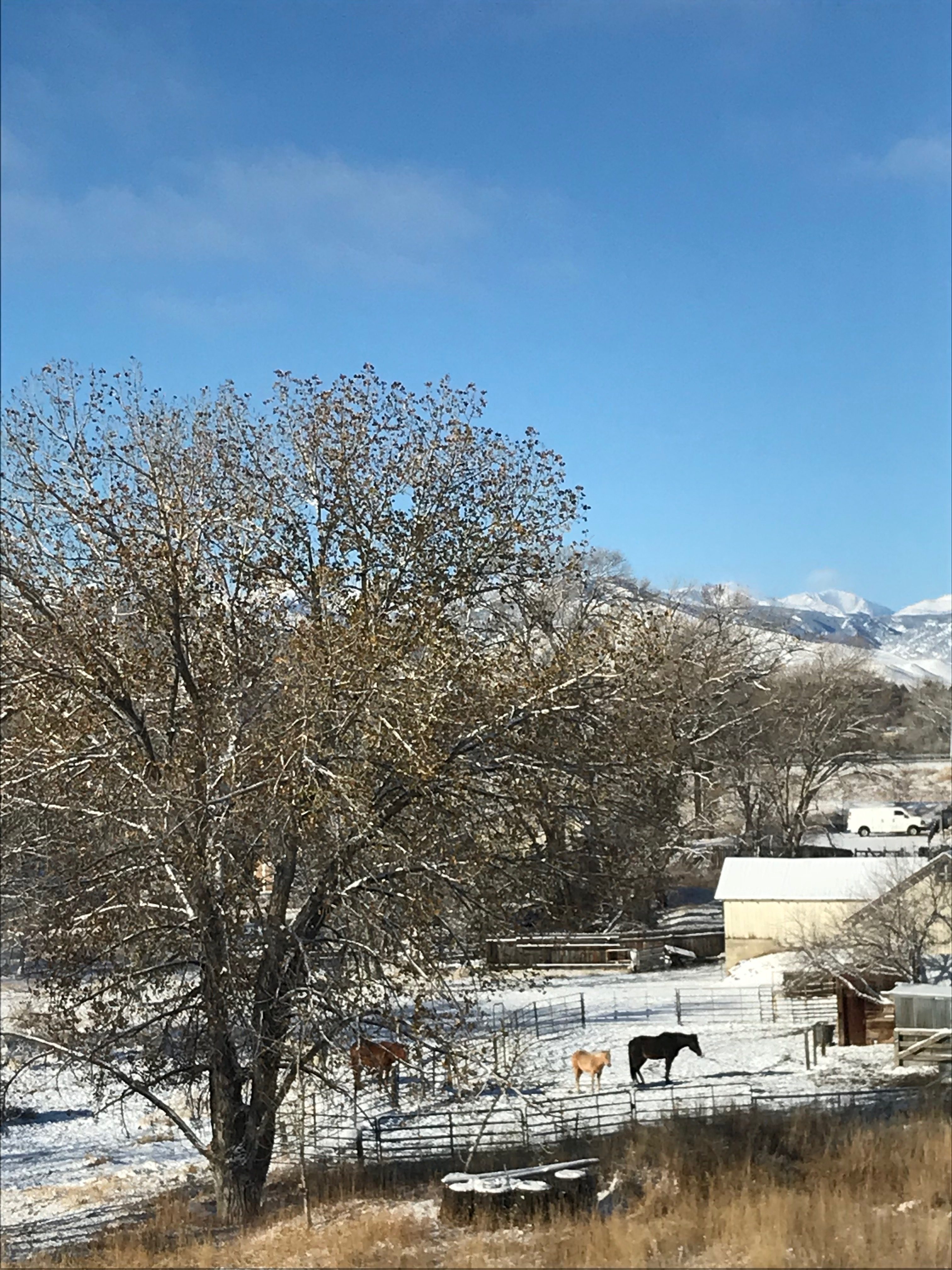

We’re up in wintery Buffalo, Wyoming, for my mother-in-law’s funeral. This is the pretty view out my (nicely warm) hotel room.
A lot of you out there are embarking on your second week of NaNoWriMo, I know. By now you might be running low on steam. Often the first few days are relatively easy. But, by this point, you might be hitting the “sophomore slump” – when the newness has worn off, but you still have the bulk of the effort ahead of you.
So, if you find you’re stalling out, here are three tips to get that flow going again. Check back all this week for more tips from our group of seven professional authors! Come on over to see mine.